calsfoundation@cals.org
Marvell (Phillips County)
| Latitude and Longitude: | 34°33’20″N 090°54’46″W |
| Elevation: | 210 feet |
| Area: | 1.44 square miles (2020 Census) |
| Population: | 855 (2020 Census) |
| Incorporation Date: | October 19, 1876 |
Historical Population as per the U.S. Census:
|
1810 |
1820 |
1830 |
1840 |
1850 |
1860 |
1870 |
1880 |
1890 |
1900 |
|
– |
– |
– |
– |
– |
– |
– |
– |
– |
391 |
|
1910 |
1920 |
1930 |
1940 |
1950 |
1960 |
1970 |
1980 |
1990 |
2000 |
|
556 |
781 |
624 |
830 |
1,121 |
1,690 |
1,980 |
1,724 |
1,545 |
1,395 |
|
2010 |
2020 |
|
|
|
|
|
|
|
|
|
1,186 |
855 |
|
|
|
|
|
|
|
|
The city of Marvell began as a railroad town in the 1870s. Best known as the hometown of musician Levon Helm, Marvell is one of the largest communities in Phillips County.
Rich soil deposited by Mississippi River floods over the years made Phillips County attractive to cotton farmers, who created large plantations throughout the area in the early nineteenth century. In 1835, John Sanford acquired ownership of the land where Marvell would be built. Slaves worked the plantations until the Civil War, and many of the former slaves remained as tenant farmers after the war. Several railroads had been planned before the war, but their construction did not take place until Reconstruction. The Arkansas Central Railroad, planned to link Helena (Phillips County) and Little Rock (Pulaski County), was incorporated in 1871 and began construction in 1872. By this time, Marvell M. Carruth owned the land that had once belonged to Sanford. Carruth sold fifty lots of land to the Arkansas Central, and the depot built on that land was named Marvell in Carruth’s honor.
The Arkansas Central faced financial problems before the end of the decade and was reorganized in 1877 as the Arkansas Midland Railroad. (The name of the Arkansas Central would later be used by another railroad in western Arkansas.) In 1901, the Arkansas Midland was acquired by the interests of late financier Jay Gould, and it was consolidated into the Missouri Pacific Railroad in 1917. The line still exists as of 2014 as part of the Union Pacific system.
A post office was established at Marvell in 1873, and the city was incorporated in 1876. As of 1890, Marvell had five general stores; four groceries; a furniture store; an undertaker; a foundry and machine shop; two blacksmith shops; a school; a livery stable; a hotel; a cotton gin; a grist mill; a church shared by Presbyterian, Baptist, and Christian congregations; a black Baptist church; and a black Friends (Quaker) church. About a third of the population was African American.
By 1904, the city also had a stave mill, a brick store, a bank, two physicians, and a factory that manufactured hickory spokes. The public school was led by Ferd Humphries, who employed several teachers, including his wife. A public library was established in 1922, beginning with donations from the McDonald family. The Methodist church offered space to the library until a building was completed on a corner lot of the public school grounds. In 1950, the Marvell library became a branch of the Phillips County Library, and it contained approximately 12,000 books by 1960.
Marvell’s school district was desegregated in 1965. The next year, a private academy called Marvell Academy was established outside the city limits; it was created in response to the desegregation of public schools and remains predominately white. The public school district was later consolidated with the Elaine (Phillips County) school district, creating the Marvell-Elaine School District, which included an elementary school and a high school in Marvell. In late 2022, the district had fallen below the requisite number of 350 students and failed to obtain a waiver from the Arkansas Board of Education that would allow it to continue operating at that level, which meant that it faced another round of consolidation. In April 2023, the district was taken over by the state under a provision of the new LEARNS Act that would require the district become a “transformation campus” by contracting with a third party, such as a charter school. However, Phillips County residents and school advocates filed a suit on May 8, 2023, to challenge the LEARNS Act. They announced their intention to stop a charter school group from taking over the district, on the grounds that the LEARNS Act had not yet taken effect due to an error in the vote on its emergency clause. They also argued that the LEARNS Act should not go into effect while litigation moved forward. After a judge ruled against the state on the emergency clause issue, the state Board of Education voted to take over the school district, dissolving the school board and firing the superintendent, for a short period of time until its operations could be assumed by the Friendship Education Foundation.
A city park and a bicycle trail were built in Marvell in the 1980s. In 1997, a medical clinic opened, funded by private donations. In 2010, Marvell had sixteen churches, fourteen stores, a fish market, a cypress mill, three banks, four restaurants (including a tamale stand), and a genealogy society that served three counties. Until it closed in 2010, Shadden’s Bar-B-Q was one of the best-known businesses in Marvell. Housed in a general store that was more than 100 years old, it served as both a restaurant and a community meeting center.
Marvell has two properties on the National Register of Historic Places: the Mayo House, built around 1918, and the Baptist church, built in 1925. Musician Levon Helm was born outside Elaine in 1940 and grew up in Marvell; his boyhood home was later relocated to Marvell. Lily Peter—the third poet laureate of Arkansas—was born on a farm near Marvell and lived all her life in the area. Gertrude Newsome Jackson and her husband Earlis were activists who played a central role in the local civil rights movement. Farmer and community activist Annie Zachary Pike established a subdivision for poor and working-class African Americans in Marvell in 1970 and continues to live there. Music executive Cecil Ross Scaife was born in Marvell.
For additional information:
Hollowell, Louise B. “The Marvell Public Library and How It Grew.” Phillips County Historical Quarterly 19 (December 1980): 58–63.
“Marvell, the Best Town of its Size in Arkansas.” Phillips County Historical Quarterly 2 (June 1964): 26–29. (Reprinted from the Helena World, May 11, 1904.)
Steven Teske
Butler Center for Arkansas Studies
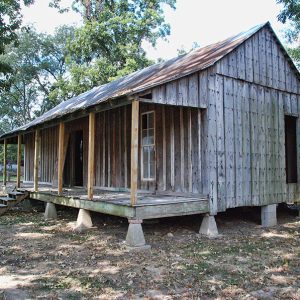 Levon Helm Home
Levon Helm Home  Ligon's Store
Ligon's Store 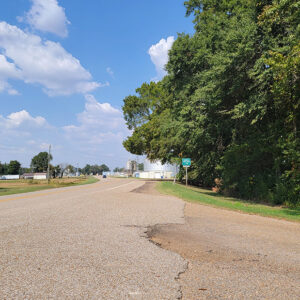 Entering Marvell
Entering Marvell 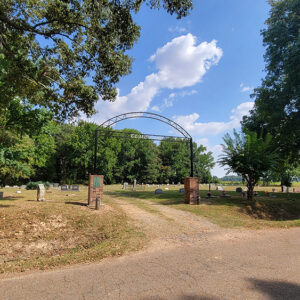 Marvell Cemetery
Marvell Cemetery 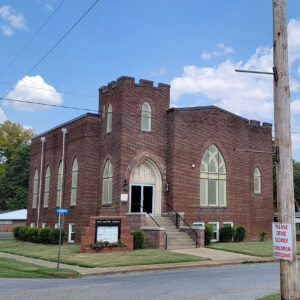 Marvell Church
Marvell Church  Marvell Church
Marvell Church 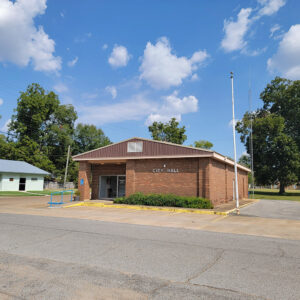 Marvell City Hall
Marvell City Hall 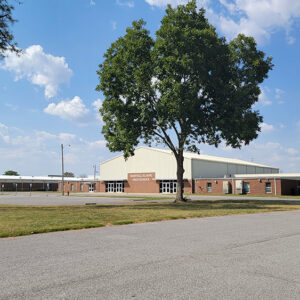 Marvell High School
Marvell High School 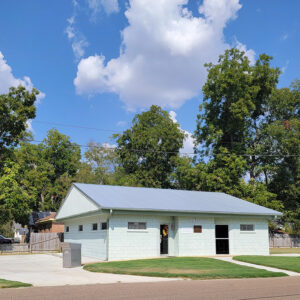 Marvell Library
Marvell Library  Marvell Municipal Buildings
Marvell Municipal Buildings 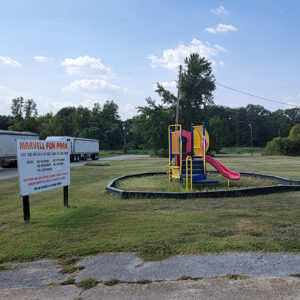 Marvell Park
Marvell Park 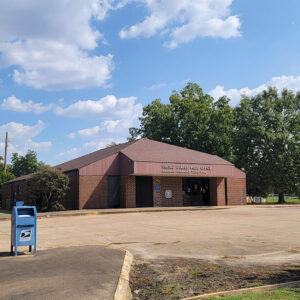 Marvell Post Office
Marvell Post Office 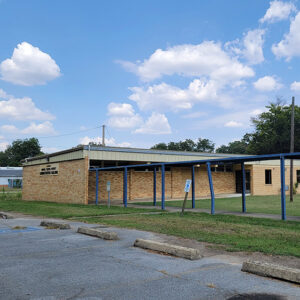 Marvell School
Marvell School  Marvell Street Scene
Marvell Street Scene 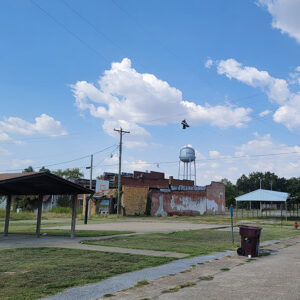 Marvell Street Scene
Marvell Street Scene 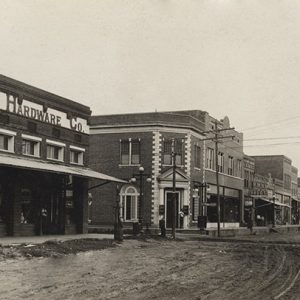 Marvell Street Scene
Marvell Street Scene 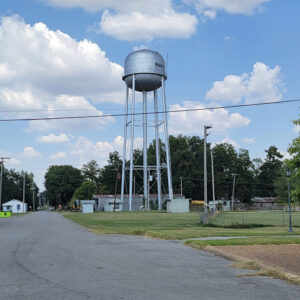 Marvell Water Tower
Marvell Water Tower 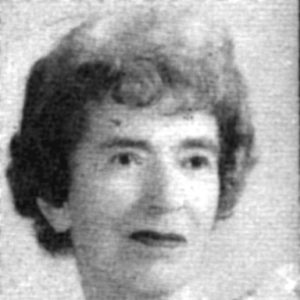 Lily Peter
Lily Peter 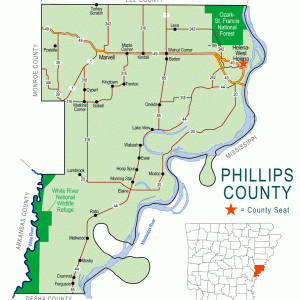 Phillips County Map
Phillips County Map 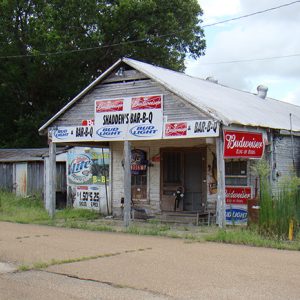 Shadden's B-B-Q
Shadden's B-B-Q 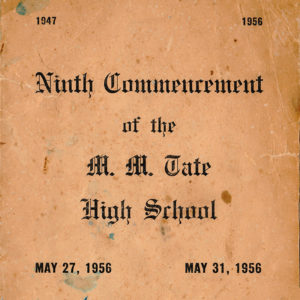 Tate School Commencement
Tate School Commencement 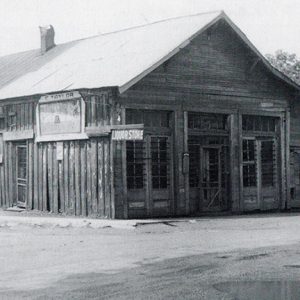 Taylor Liquor Store
Taylor Liquor Store 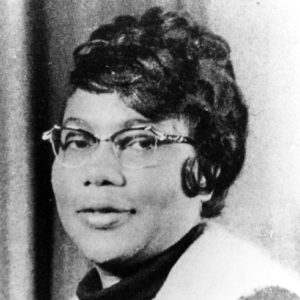 Annie Zachary
Annie Zachary 




Comments
No comments on this entry yet.